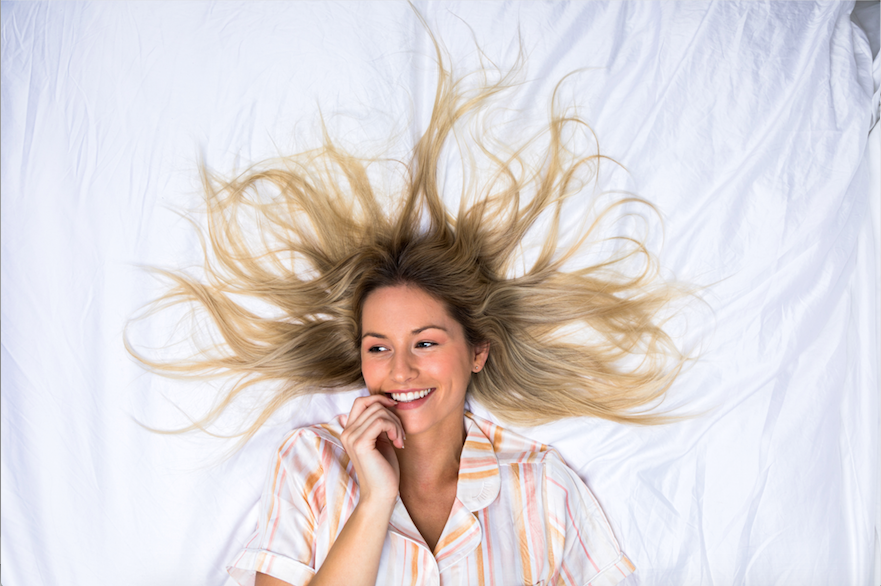Power naps for the win - when to take them and for how long

Do you find yourself guzzling down the caffeine every afternoon at 4PM, like clockwork? If so, a mid-afternoon nap could be the answer to weaning yourself off caffeine (and tiredness) forever. Napping is often associated with tiny tots or the elderly, but really, its a good idea for everyone. No matter what your age, you too can reap the benefits of some daytime shut-eye. We suggest you make like the Spanish with your own daily siesta (the afternoon nap that has historically become tradition amongst many European cities - there’s even guidelines about keeping your children indoors during siesta time!).
While sufficient sleep is generally defined as clocking in between seven and nine hours a night, a recent National Sleep Foundation survey found the average adult in the UK is getting just six hours and 49 minutes per night - which falls short of our necessary rest time. Due to longer commutes and lengthy work hours, more workplaces are embracing naps and even creating designated rooms for them (thanks Google sleep pods) Why? Because, according to researchers, when done properly, naps can help with everything from retaining memory and upping productivity to improving performance.
It’s not called beauty sleep for nothing. When we’re sleep deprived, not only are we less alert, less productive and less happy (i.e. more grumpy), we’re also not as attractive!! Sleep deprivation alone causes red eyes, dark under-eye circles, fine lines and wrinkles. So - napping it is. However, there’s an art to taking the perfect nap. Do it the wrong way and you reap no rewards: groggy mood, dull skin and disorientation. So make the most of it with the following tips:
Note: your cortisol is going to experience a natural ‘dip’ approximately five to seven hours after you wake – so, for example, if you wake at 6am, you should grab your nap between 11am-1pm. Though this seems more like brunch than post-lunch, this will be the easiest time for you to nod off. Saying that, a full stomach always seems to bring on a wave of tiredness, no?
________
According to the awesome women's lifestyle site Sheerluxe, these are your best nap options:
The 20-Minute Booster
This amount of sleep will keep your body calm and slows down your heart rate while also allowing your mind to reorient itself. Psychologically however, when your alarm is set for this short amount of time, you might feel nervous or start worrying about whether you are going to actually fall asleep at all. Just use the time to relax and close your eyes, which alone will create a sense of calm and encourage rest, if not sleep.
The 30-Minute Catnap
A short nap of up to 30 minutes is considered an optimal amount. It is said to enhance alertness, concentration, and sharpen our motor skills. According to NASA, for peak performance and alertness the best naptime is actually 26 minutes. But be warned: once you cross into REM sleep, which is the 30-minute mark, you will probably wake up feeling very tired and not refreshed whatsoever. This may also affect the quality of your night’s sleep too
The 60-Minute Switch-Off
During this time, a nap of between 40 and 60 minutes has been shown to provide a boost to brainpower, improving memory and stimulating creativity.
The downside of this type of nap is that, because you enter a state of deep sleep, you’re likely to experience that unpleasant groggy feeling when you first wake up and will likely need an immediate caffeine and chocolate fix.
The 90-Minute Dream
If your nap takes you into REM sleep, while not being ideal for feeling refreshed, it could trigger your creative juices to flow – which, in turn, can spill over into a major productivity boost. During this time, you’re likely to complete a full sleep cycle, which means that you are unlikely to get sleep inertia.
Written by Nightire founder, Nina Clark



